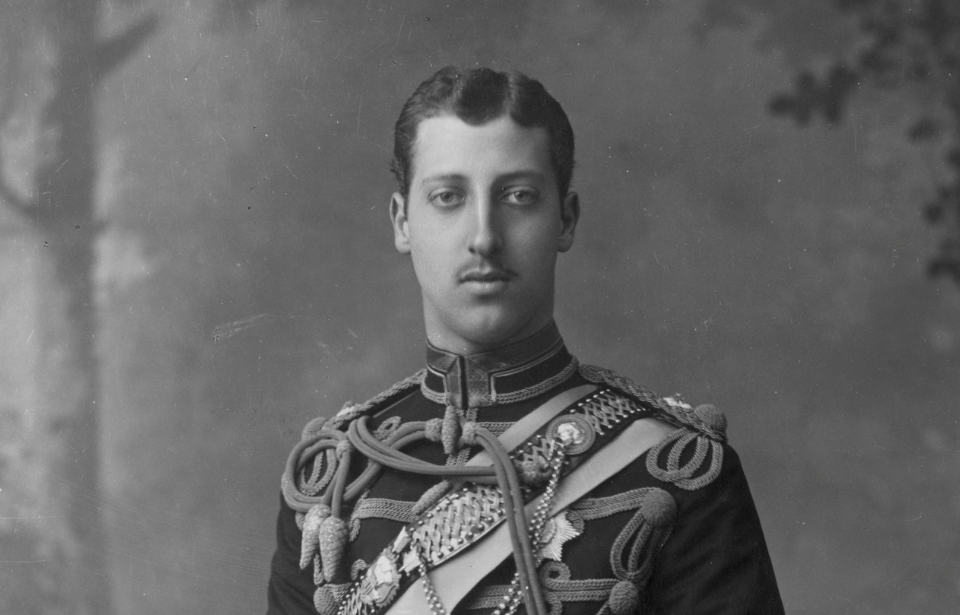Few mysteries capture the imagination quite like that of Jack the Ripper. The gruesome murders that plagued London’s Whitechapel district in the late 19th century have spawned countless theories. One of the more sensational claims is that Prince Albert Victor, Queen Victoria’s grandson, was the person behind these infamous killings. This theory has fascinated historians and conspiracy enthusiasts alike, raising questions about the true identity of one of history’s most notorious killers.
Possible theories connecting Prince Albert Victor to Jack the Ripper
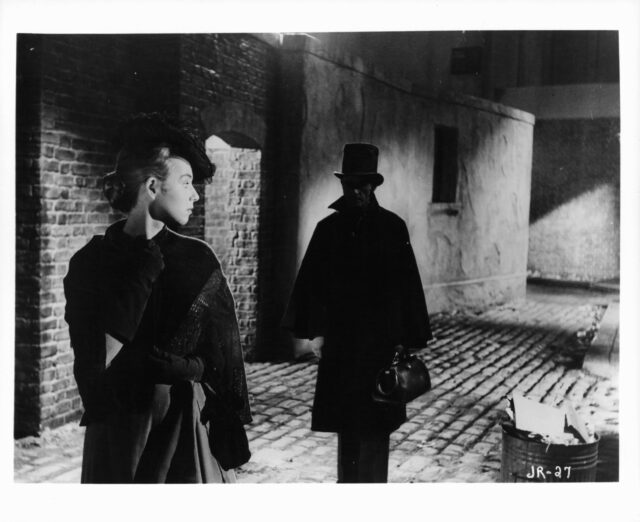
The notion that a member of the British Royal Family could be responsible for the Ripper murders is both shocking and intriguing. While the royal family has long been in the public eye, there is much about their lives that the world does not see or know. In some instances, this may be because of their own desires to prevent certain things from going public.
Two primary theories have emerged over the years that connect the British Royal Family to the Jack the Ripper murders. The first suggests that Prince Albert Victor, driven by madness and a desire for revenge, committed the murders himself. The second posits that the Royal Family orchestrated the killings to cover up a scandal involving the Prince. In either case, both theories paint a picture of a deeply troubled royal family, desperate to maintain their public image.
Who was Prince Albert Victor?
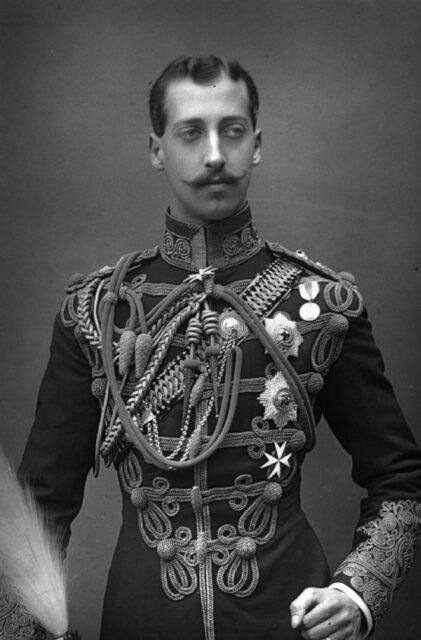
Prince Albert Victor, affectionately known as “Eddy,” was born in 1864 to Prince Albert Edward (later King Edward VII) and Princess Alexandra. As the eldest son, Eddy was second in line to the throne, destined for greatness. However, his life was marred by controversy and scandal. Eddy was often described as charming but not particularly bright, and rumors of his homosexuality followed him throughout his adult life. This became especially prominent in the Cleveland Street scandal in 1889, when police closed down a male brothel and discovered one of the brothel’s clients had connections to the Prince. This was a serious allegation in an era when such behavior was illegal and socially unacceptable.
Despite his royal status, Eddy’s life was not without its challenges. He struggled academically and was frequently overshadowed by his younger brother, George. His personal life was also tumultuous, marked by a few potential scandals that threatened to tarnish his reputation. These factors contributed to the allure of the theory that Eddy was Jack the Ripper, adding an element of intrigue to his otherwise unremarkable life.
The first theory: a quest for revenge and madness
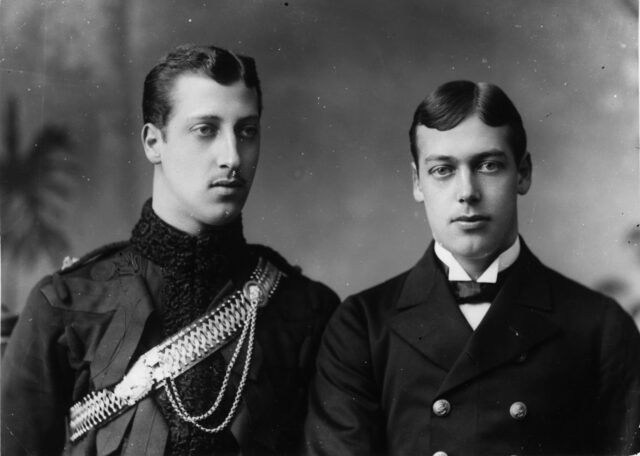
The first theory suggests that Prince Albert Victor contracted syphilis from a prostitute during a visit to the West Indies. Over time, the disease progressed, affecting his brain and driving him to madness. In this state, he sought revenge on the prostitutes of London, leading to the brutal murders of Mary Ann Nichols, Annie Chapman, Elizabeth Stride, Catherine Eddowes, and Mary Jane Kelly. This theory was popularized by Stephen Knight’s 1976 book Jack the Ripper: The Final Solution, which painted Eddy as a deranged killer.
While this theory is certainly sensational, it lacks concrete evidence. There are no verified accounts of Eddy contracting syphilis or exhibiting violent behavior. Additionally, historical records indicate that he was not in London during the time of the murders, casting further doubt on this theory. Nonetheless, the idea of a mad prince committing such heinous crimes continues to capture the public’s imagination.
The second theory: a royal family cover-up
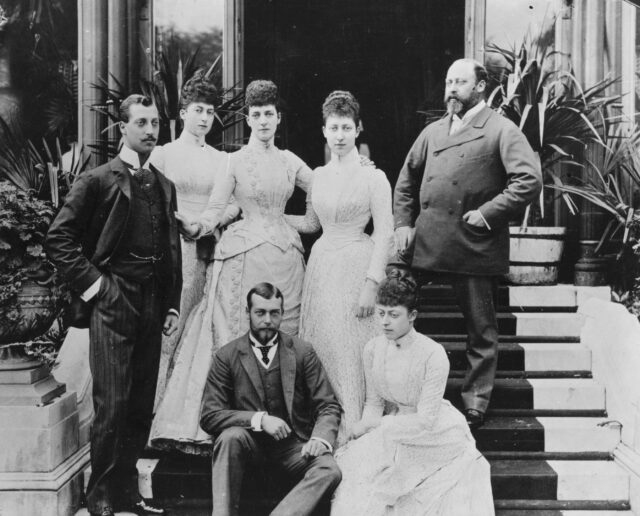
The second theory revolves around a secret marriage between Prince Albert Victor and a young Catholic woman from Whitechapel. According to this theory, the couple had a child, a scandalous notion that threatened the stability of the monarchy. To protect the royal family’s reputation, agents were allegedly dispatched to eliminate anyone with knowledge of the marriage or the child, resulting in the murders attributed to Jack the Ripper.
This theory also originated from Knight’s book and relies heavily on circumstantial evidence. There is no historical record of Eddy marrying a commoner, let alone a Catholic woman. Moreover, the idea that the Royal Family would resort to murder to cover up such a scandal seems far-fetched. While the theory is intriguing, it is ultimately unsupported by credible evidence, making it more of a conspiracy than a plausible explanation.
Evidence and counterarguments to the theories
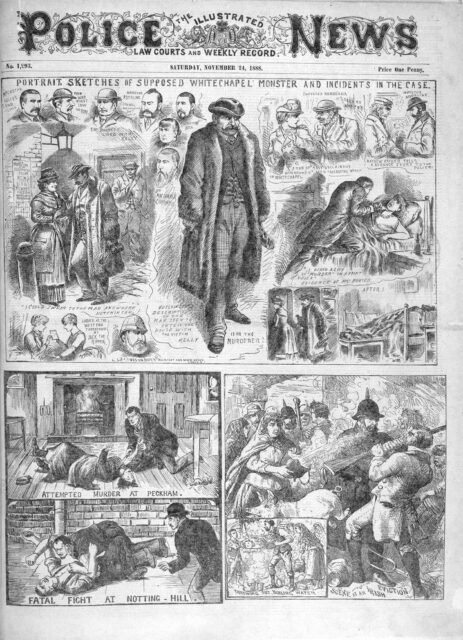
Despite the allure of these theories, there are several key pieces of evidence that undermine their credibility. Firstly, Prince Albert Victor was not in London during the time of the murders, according to historical records. This fact alone casts significant doubt on the idea that he could have been Jack the Ripper. Additionally, there is no concrete evidence linking Eddy to any of the Ripper’s victims, who were largely impoverished prostitutes living in a crime-ridden area.
Furthermore, the theories rely heavily on circumstantial evidence and speculation. Knight’s book, while compelling, has been criticized for its lack of rigorous research and reliance on sensational claims. The idea of a royal conspiracy, while fascinating, requires leaps of logic and ignores more plausible explanations for the murders. Ultimately, these theories seem more like attempts to capitalize on public fascination than genuine efforts to uncover the truth.
Separating fact from fiction
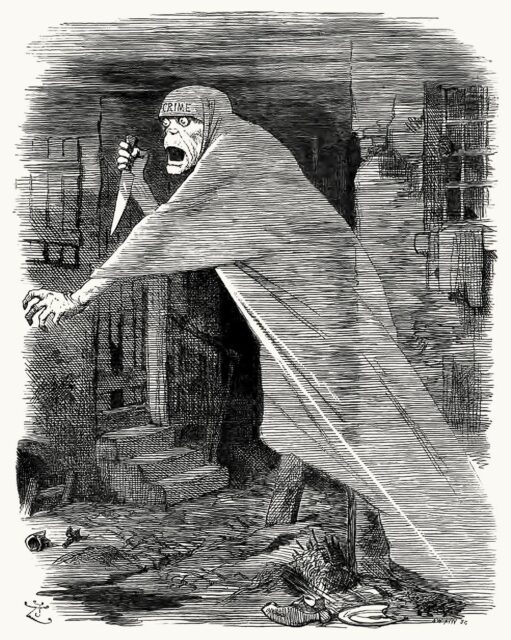
Eddy ultimately died in 1892 at the young age of 28 from influenza. While the idea that Prince Albert Victor was Jack the Ripper is certainly intriguing, it lacks credible evidence. The theories connecting him to the murders are based on circumstantial evidence and speculation rather than concrete facts. As with many conspiracy theories, the allure lies in the sensational nature of the claims rather than their plausibility.
More from us: Roald Dahl Hated Gene Wilder as Willy Wonka
In the end, the identity of Jack the Ripper remains one of history’s greatest mysteries. While it’s unlikely that Prince Albert Victor was the infamous killer, the theories surrounding him add an interesting layer to the story. As we continue to search for the true killer, separating fact from fiction remains a crucial task for historians and enthusiasts alike.
